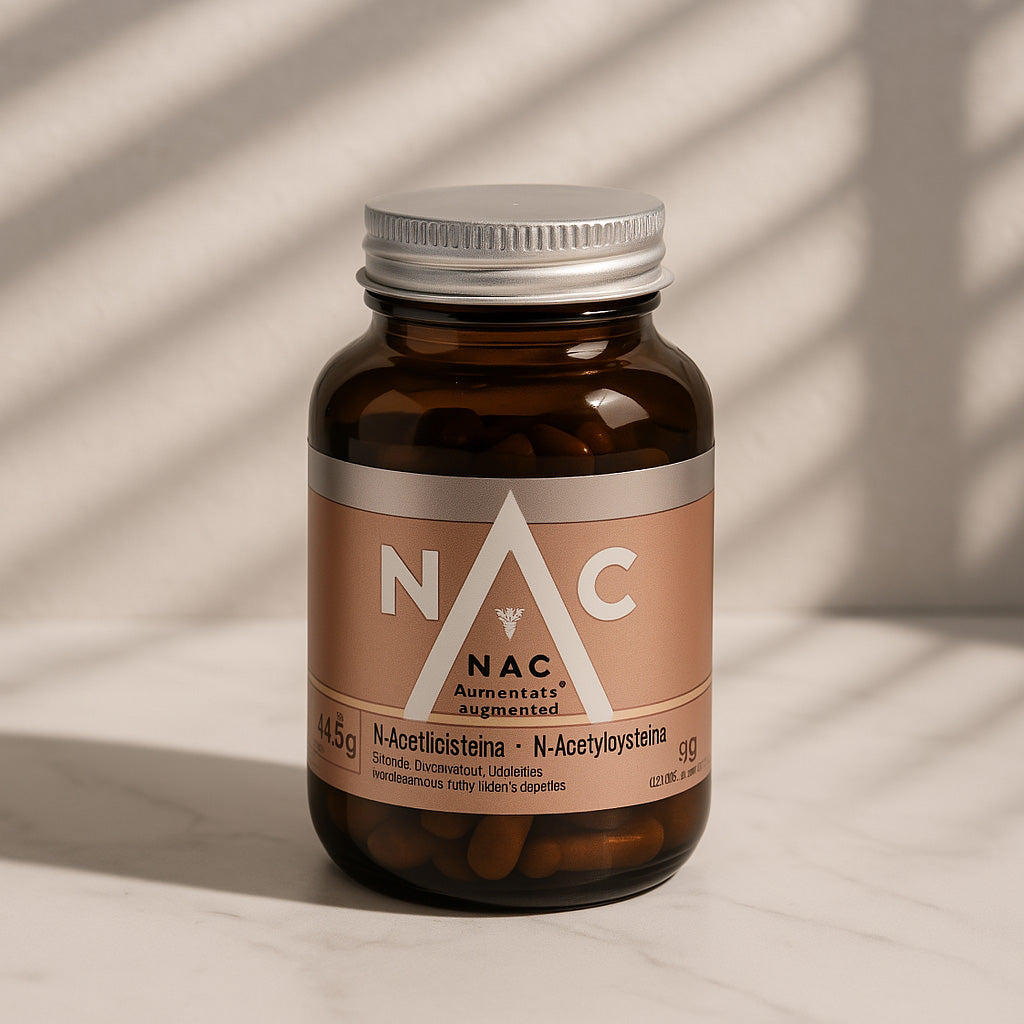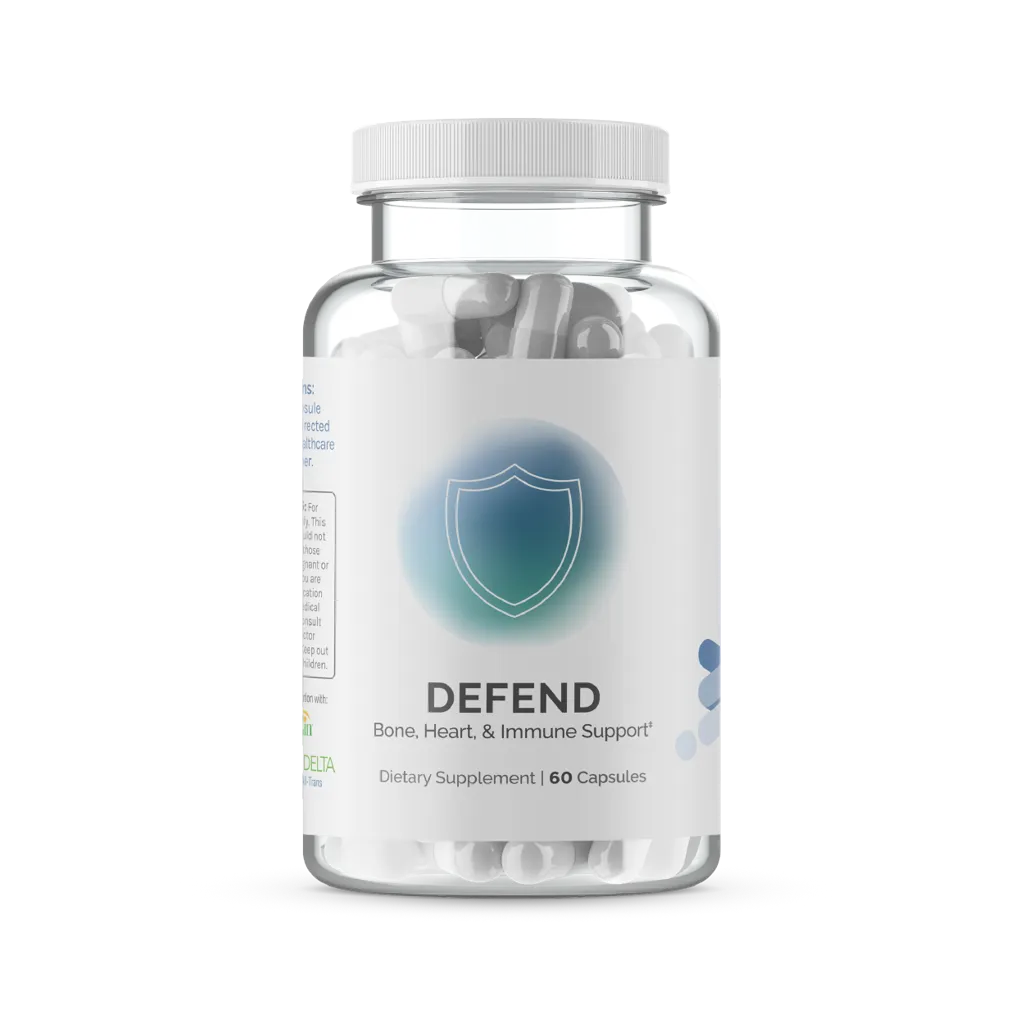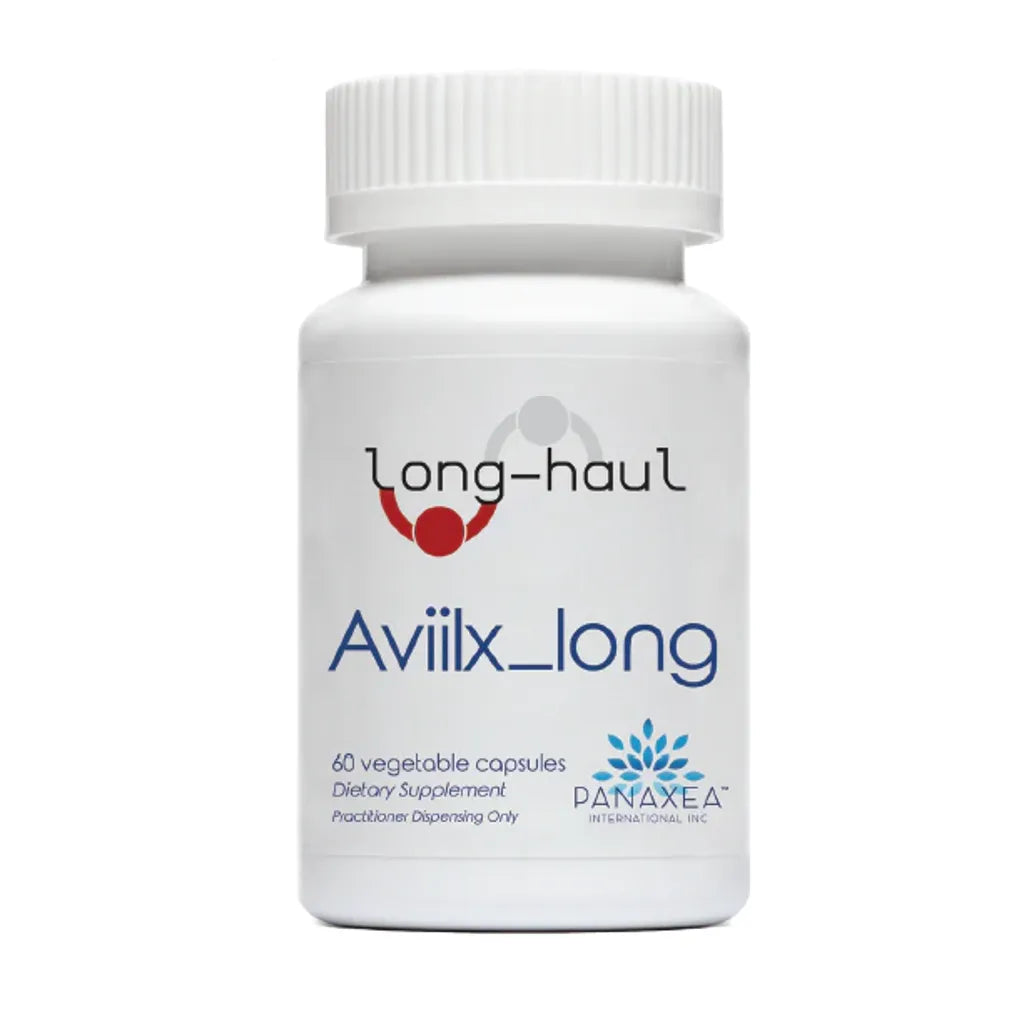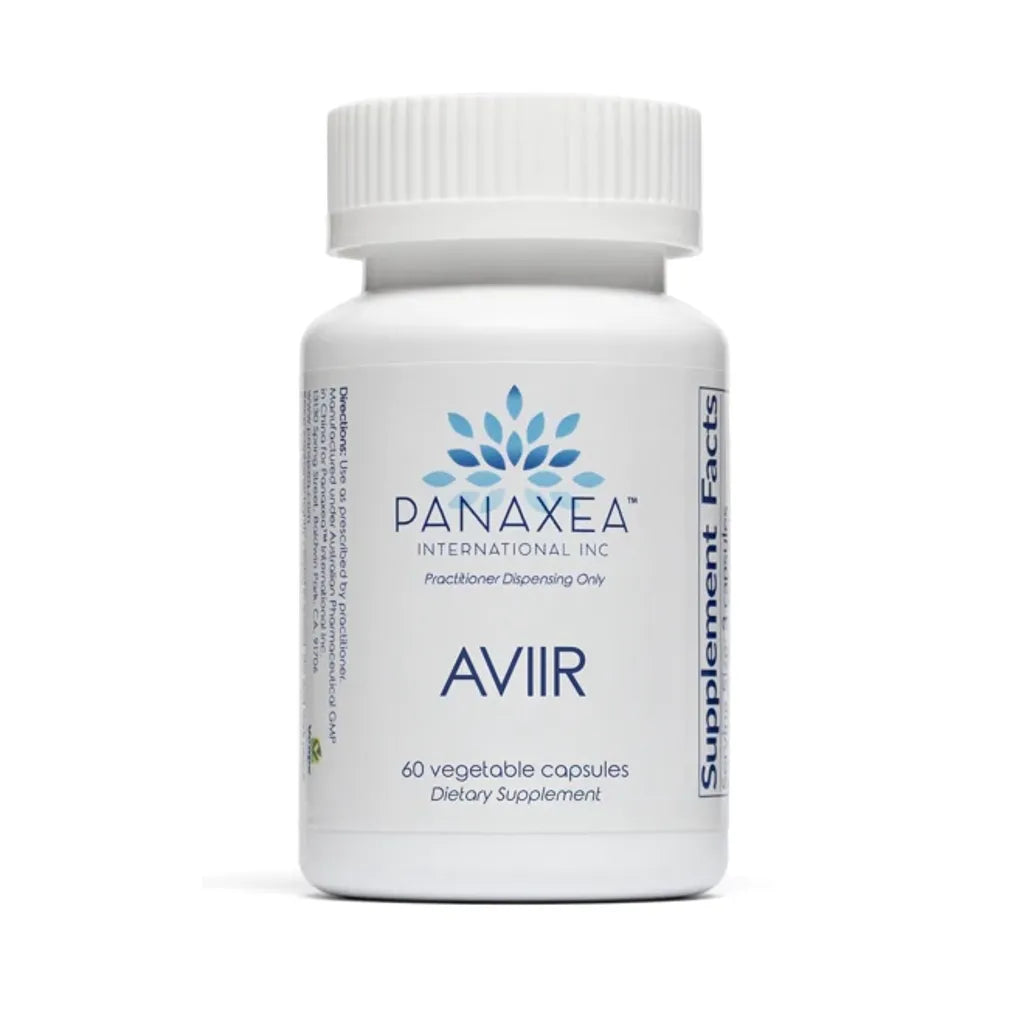Every day, your body detoxes without you even thinking about it. The liver, kidneys, lungs, gut, skin, and lymphatic system are constantly neutralizing, processing, and eliminating waste. While “detox” is often marketed as a cleanse or a quick reset, the truth is simpler and more powerful: your body is already a detox machine. What matters most is how you support it through daily habits and, when appropriate, smart supplement choices.
What detox really means
Detoxification is the process of converting harmful or unneeded compounds into forms that can be safely eliminated. This includes not only external exposures—like air pollutants, pesticides, and alcohol—but also internal byproducts such as excess hormones, neurotransmitters, and metabolic waste. Without efficient detox, these compounds could accumulate and disrupt normal function.
Your organs don’t work in isolation. The liver modifies compounds so they can be excreted, the kidneys filter blood, the lungs release carbon dioxide, the skin sweats, and the lymphatic system drains waste from tissues. Together, they create overlapping, redundant systems that protect your body 24/7 (NIH: Liver basics, NIH: Detoxification pathways).
The key detox organs and their roles
- Liver: Processes hormones, alcohol, medications, and environmental toxins. Breaks them into water-soluble forms that can leave the body through bile or urine.
- Kidneys: Filter around 50 gallons of blood daily, eliminating waste products like urea, excess electrolytes, and drug metabolites via urine.
- Lungs: Expel carbon dioxide, volatile chemicals, and even small amounts of alcohol.
- Skin: Sweats out water, salts, and trace toxins while supporting temperature regulation.
- Lymphatic system: Collects cellular waste and immune debris from tissues, moving it back into circulation for liver and kidney processing.
- Gut: Eliminates bile-bound toxins and microbial byproducts through stool. Fiber intake is crucial for this process (Gut Health 101).
Phases of liver detox
The liver plays the starring role, and its detox process happens in two main phases:
- Phase I: Enzymes (like cytochrome P450) modify compounds, often creating reactive intermediates.
- Phase II: Conjugation pathways attach molecules such as glutathione, sulfate, or glycine to neutralize and make toxins water-soluble.
Balanced nutrition—protein, antioxidants, and micronutrients—keeps these phases running smoothly. Imbalances (e.g., strong Phase I activity but sluggish Phase II) can temporarily increase oxidative stress, which is why whole-food nutrition and lifestyle anchors matter.
Why detox myths persist
Despite the science, myths about detox abound. Juice cleanses, “miracle” teas, and extreme fasts promise quick results but often undermine your body’s own processes:
- Lack of fiber: Juices remove fiber, which is essential for binding and eliminating waste.
- Stressful restriction: Severe calorie cuts can slow metabolism and impair Phase II liver detox.
- Harsh laxatives: Some teas act as stimulants that irritate the gut lining rather than supporting it.
The real solution is consistency. Daily hydration, sweating, movement, sleep, and nutrient-dense foods are the foundation (Everyday Detox Habits).
Everyday foundations of detox
You don’t need extremes—just reliable habits that keep organs nourished and flowing:
- Hydration: Steady fluid intake supports kidney filtration and lymph flow.
- Fiber: Beans, vegetables, fruits, and whole grains bind bile-bound toxins and move waste along.
- Sweating: Exercise or sauna promotes circulation and excretion.
- Protein: Amino acids (glycine, cysteine, glutamine) are required for Phase II conjugation.
- Micronutrients: B vitamins, magnesium, selenium, and zinc act as enzyme cofactors.
Environmental exposures: real risks vs. hype
Not every “chemical” is toxic. Dose, frequency, and context matter. Real concerns include:
- Air pollution: Linked to cardiovascular and respiratory disease.
- Heavy metals: Lead and mercury can disrupt neurological and kidney function.
- Endocrine disruptors: BPA and phthalates may affect hormone signaling.
Practical steps—ventilating indoor spaces, using glass or stainless steel, filtering water if needed—can reduce meaningful exposures without falling into fear-based marketing (Environmental Toxins: Real Risks vs. Hype).
The role of gut and lymph in detox
Your gut and lymph systems are the unsung heroes of detox:
- Gut: Provides the final exit route, with microbes that metabolize some compounds and fiber that binds waste.
- Lymph: Collects fluid and cellular debris, moving it through lymph nodes for immune inspection before draining into blood (Gut & Lymph Detox).
When these systems are sluggish—constipation, sedentary lifestyle, poor hydration—detox efficiency suffers.
Supplements that support detox pathways
Supplements don’t replace lifestyle, but some have evidence for supporting liver and cellular detox:
- NAC (N-acetylcysteine): Precursor to glutathione, a key antioxidant and Phase II conjugator.
- Glutathione: Central molecule in detox pathways.
- Milk thistle: Studied for liver cell protection and regeneration.
- Broccoli seed extract (sulforaphane): Activates detox enzymes and antioxidant pathways.
Always choose high-quality brands and consult a clinician, especially if you take medications (Detox Supplements).
Practical daily routine for detox support
Here’s how a typical day can layer detox habits:
- Morning: Hydrate on waking; get outdoor light for circadian rhythm; include protein and fiber at breakfast.
- Midday: Move—brisk walk, resistance training, or yoga to stimulate circulation and lymph flow.
- Afternoon: Drink water or herbal tea; snack on fruit + nuts for fiber and healthy fats.
- Evening: Cook a colorful, plant-forward meal with cruciferous vegetables (broccoli, kale, Brussels sprouts) to support liver enzymes.
- Night: Wind down with low light and aim for 7–9 hours of sleep. Overnight repair is when detox pathways work hardest (Sleep 101).
Signs your detox systems may need support
While detox is continuous, certain patterns may suggest systems are under strain:
- Frequent constipation or sluggish digestion
- Chronic fatigue or “brain fog”
- Poor recovery from stress or exercise
- Skin breakouts or dull complexion
These are not diagnostic, but they may indicate a need to focus on foundational habits—or in some cases, check in with a healthcare professional.
Cross-links to deepen learning
For practical anchors, see Everyday Detox Habits. To understand exposures, read Environmental Toxins. For supporting organs, see Gut & Lymph Detox and Detox Supplements.
Connect this with Gut Health 101 for digestion links and Immune System 101 for immune resilience.
FAQ
Do I need a detox cleanse?
No. Your organs detox continuously. Short cleanses may provide a psychological reset, but sustainable habits do the real work.
Can I sweat out toxins?
Sweat carries only trace amounts of heavy metals and chemicals. The major detox work happens in the liver, kidneys, and gut. That said, sweating supports circulation, lymph flow, and mood—all important for resilience.
How much fiber is enough?
Most adults need 25–38 grams daily. A mix of beans, vegetables, fruit, and whole grains provides both soluble and insoluble fibers.
What about fasting?
Intermittent fasting may support metabolic flexibility and reduce oxidative stress, but it should be balanced with adequate protein and micronutrient intake. Extreme fasting is not necessary for detox.
What tests check detox function?
Liver and kidney function are routinely assessed via blood tests (ALT, AST, creatinine, BUN). Abnormal results warrant medical evaluation, not over-the-counter cleanses.
Authority resources: NIH: Liver basics · NIH: Detoxification pathways · American Liver Foundation · CDC: Nutrition & sugar











